A method to record polarization holograms with complex hierarchical structures from an isosorbide-based azo molecular glass (IA-Chol).
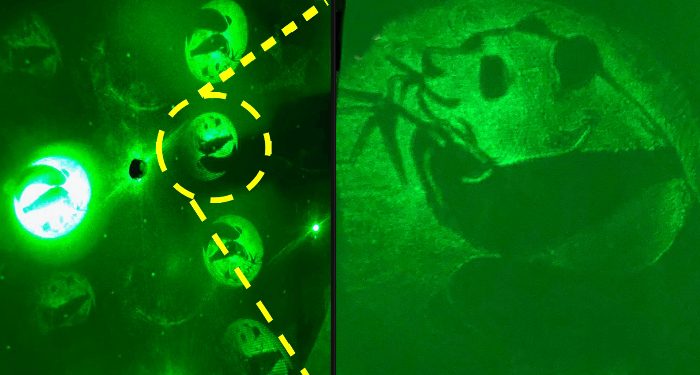


A method to record polarization holograms with complex hierarchical structures from an isosorbide-based azo molecular glass (IA-Chol).

Rapid printing of 3D objects is achieved using a new approach: Solution Mask Liquid Lithography (SMaLL).

A vibrotactile actuator and robotic gripper that operate based on the Lorentz force principle are demonstrated.
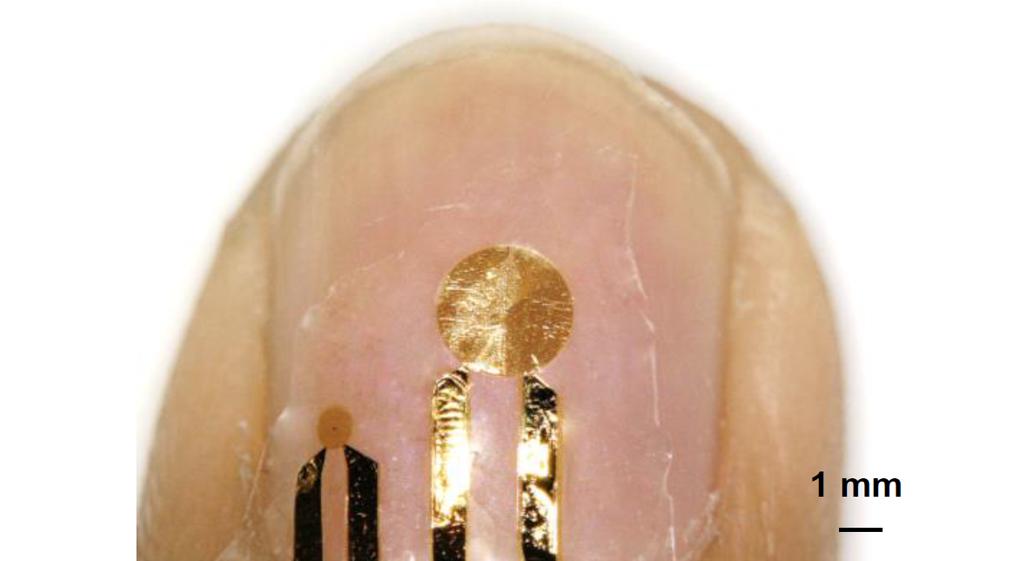
A wearable fingernail sensor that can collect thermal data of the nailbed tissue in real-time is developed.

A Macromolecular Rapid Communications special issue, Polymer Materials and Engineering Research at Sichuan University, highlights recent research developments in novel polymer processing technologies; polymer nanocomposites; multicomponent polymer systems and solution thermodynamics; macromolecular synthetic methodology; and functional polymers for energy, sustainability, the environment, and biomedical applications.
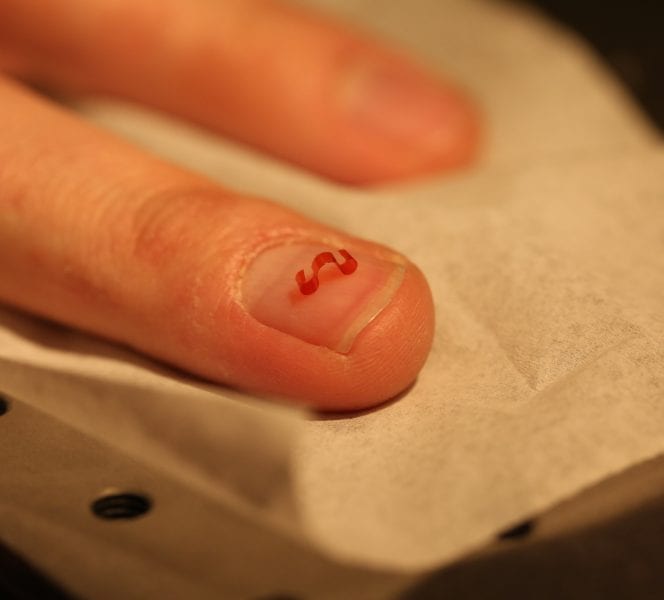
Researchers develop a liquid crystalline elastomer robot fueled completely by visible light. The robot is capable of biomimetic locomotion resembling a caterpillar and can be operated directly on human skin.

Researchers achieve the Shockley–Queisser optimal bandgap for an organolead trihalide hybrid perovskite using high pressure.
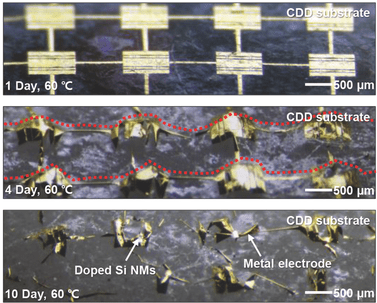
Researchers have developed transient electronics that self-destruct via sublimation in dry conditions.

Researchers develop a highly effective DNA vaccine based on oscillating plasmonic gold nanoparticles for protection against the hepatitis C virus.
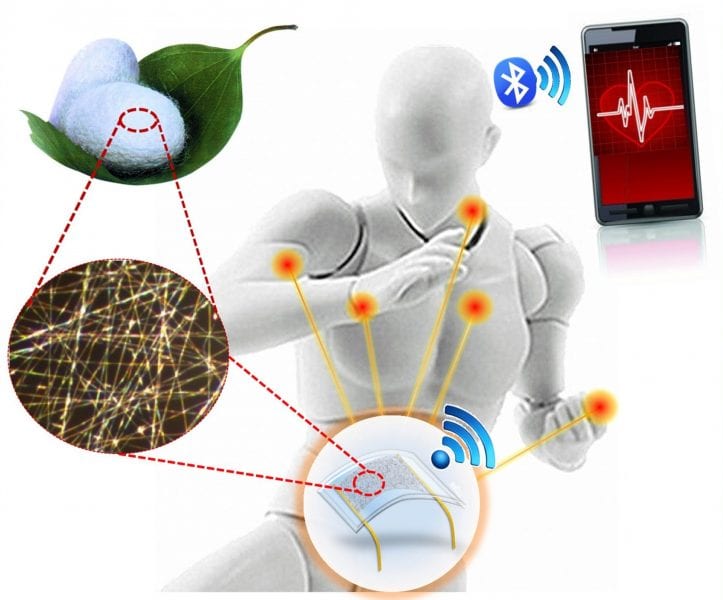
Beijing-based researchers design an electronic (E-skin) based on silk fibroin for wearable pressure sensor applications.